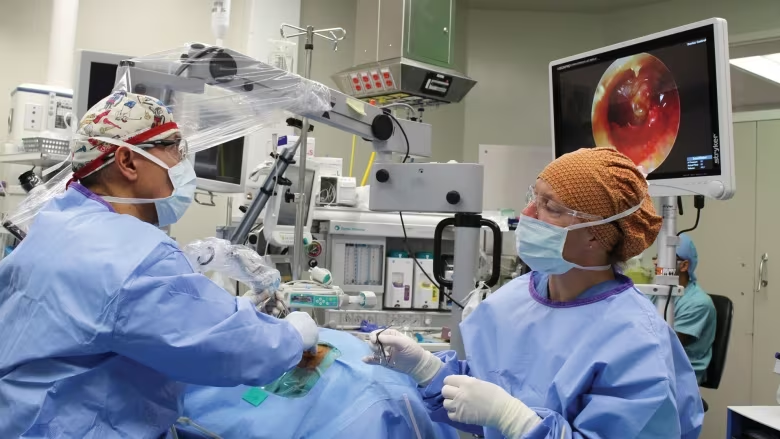Laparoscopic Davydov-Moore vaginoplasty tied to satisfactory anatomic and sexual outcomes in MRKH syndrome: Study

Mayer-Rokitansky-Küster-Hauser (MRKH) syndrome is defined as
a congenital absence or hypoplasia of the uterus, cervix, and vagina due to
malformations in the Müllerian ducts’ development, despite the presence of
typical external genitalia. It affects 1 out of 5000 women with normal phenotypes
and karyotypes (46, XX). Most of the cases are diagnosed between 15–17 ages due
to primary amenorrhea. It is subdivided into two types, type 1 (MRKH I),
related only to organs developing from the Müllerian ducts, and type 2, where
additional malformations including renal and skeletal systems occur (MRKH II). The
diagnostic process includes 3D ultrasonography or MRI of the pelvis along with
hormonal assay.
The diagnosis of MRKH is not only connected to physical
ailments, but also may have psychological impact related to an absence of
menstruation, challenges with sexual activity along with the inability to
conceive. In women with MRKH and desire for sexual activity, the treatment is a
vaginal reconstruction. Treatment options include form non-invasive methods
using dilators in case of the presence of a rudimentary vagina, to more
invasive ones such as an operative creation of a neovagina or uterus
transplantation, as the first true infertility treatment. Taking into account
that no standardized treatment is maintained, the surgical approach is based on
the operating surgeon’s experience. One of the most common surgical procedures
used to create neovagina is Davydov vaginoplasty, which includes the use of
peritoneal graft. It can be performed separately or combined with the procedure
described by Moore et al., where vaginoplasty includes the reconstruction
of the posterior vaginal canal and introitus together with the modification of
the final diameter and caliber of the vagina.
Given the clinical significance of MRKH, author
Magdalena Piróg and team investigated the postoperative outcomes and
sexual satisfaction in women with MRKH following neovaginal creation after
Davydov Moore vaginoplasty.
In the case-series study, authors described seven women, at
a median age of 22.6± and BMI 22.8±2.3 kg/m2. They measured peri- and
postsurgical parameters, including surgery-related neovaginal length and sexual
initiation time. Sexual outcomes were measured using the Female Sexual Function
Index (FSFI) before and 6 months after vaginoplasty.
All surgical procedures were performed successfully, with
one minor perioperative bleeding. The mean time of vaginoplasty was
82.1 min and the mean duration of hospitalization was six days. After a
6-month follow-up, vaginal length was 8.1-times longer than before surgery (10
vs. 81 mm). The time from the surgery to the initiation of vaginal
intercourse was between 17 to 22 weeks. The mean FSFI score indicated good
results, with no women below 23 score, and was 4.3- times higher when compared
with the pre-surgical one (6.7 vs 29.1). Contrary to the FSFI score before
surgery, the post-surgical FSFI revealed higher scores in all six different
domains: desire (2.5-times), arousal (4.1-times), lubrication (3.8-times),
orgasm (3.4-times), satisfaction (3.3-times) and comfort (11-times).
This study is the first to show that neovaginal creation
with the Davidov-Moore approach is a safe treatment in women with MRKH. Authors
also demonstrated the high effectiveness of the procedure reflected by
prolonged vaginal length and good sexual function after this surgery.
In conclusion, laparoscopic Davydov-Moore vaginoplasty may
be considered as a safe procedure with satisfactory anatomic and sexual
outcomes, however, women need to be aware of possible complications. Further
research is needed to investigate possible long-term outcomes and their
clinical consequences.
Source: Magdalena Piróg, Magdalena Bednarczyk,
Katarzyna Barabasz; Archives of Gynecology and Obstetrics
https://doi.org/10.1007/s00404-024-07830-6


